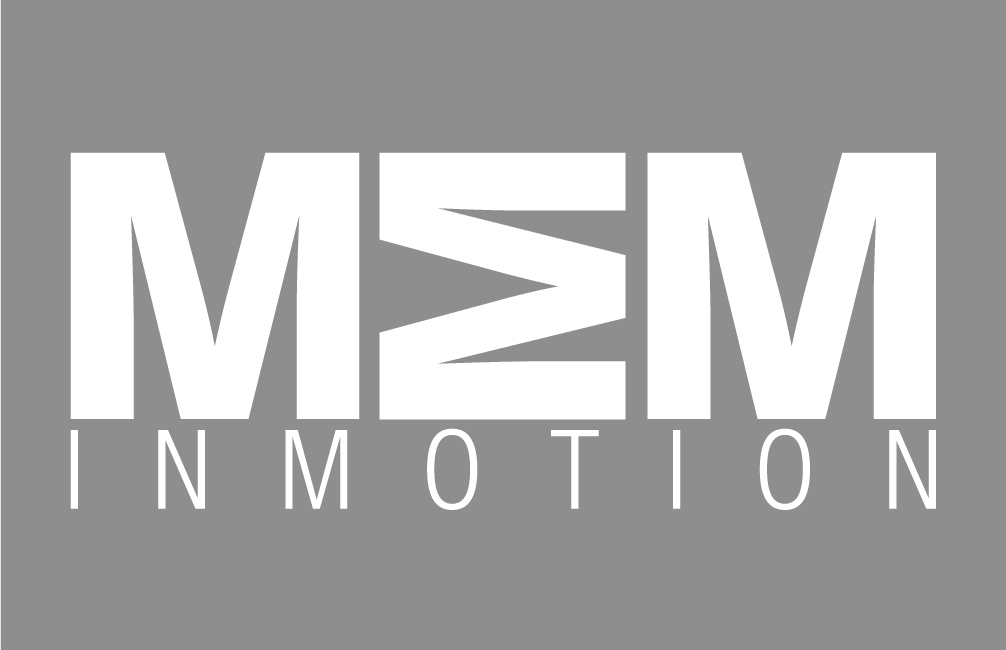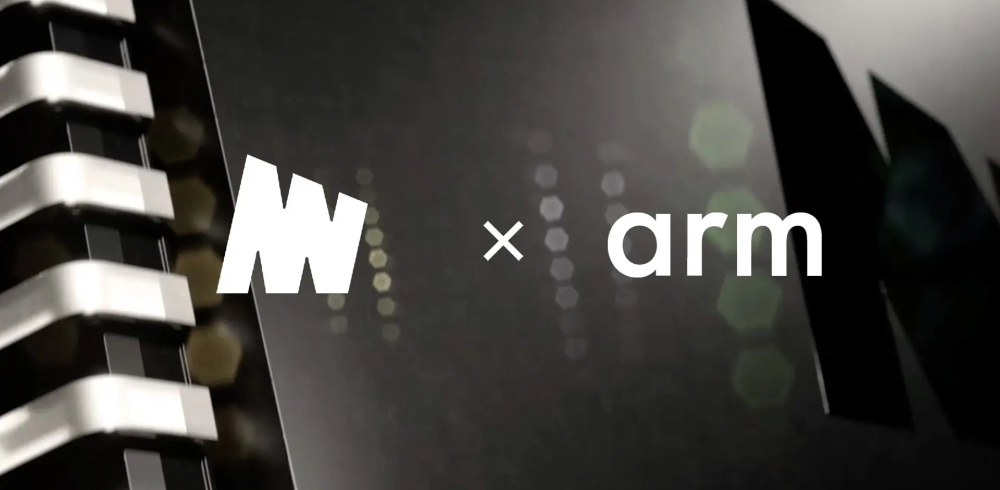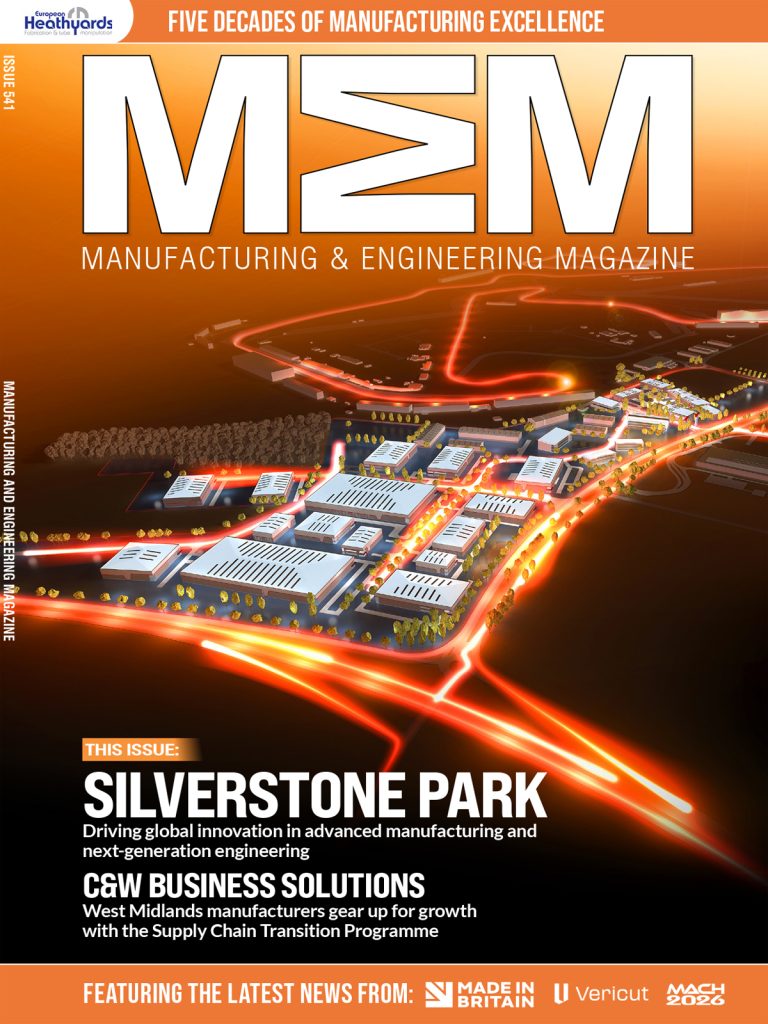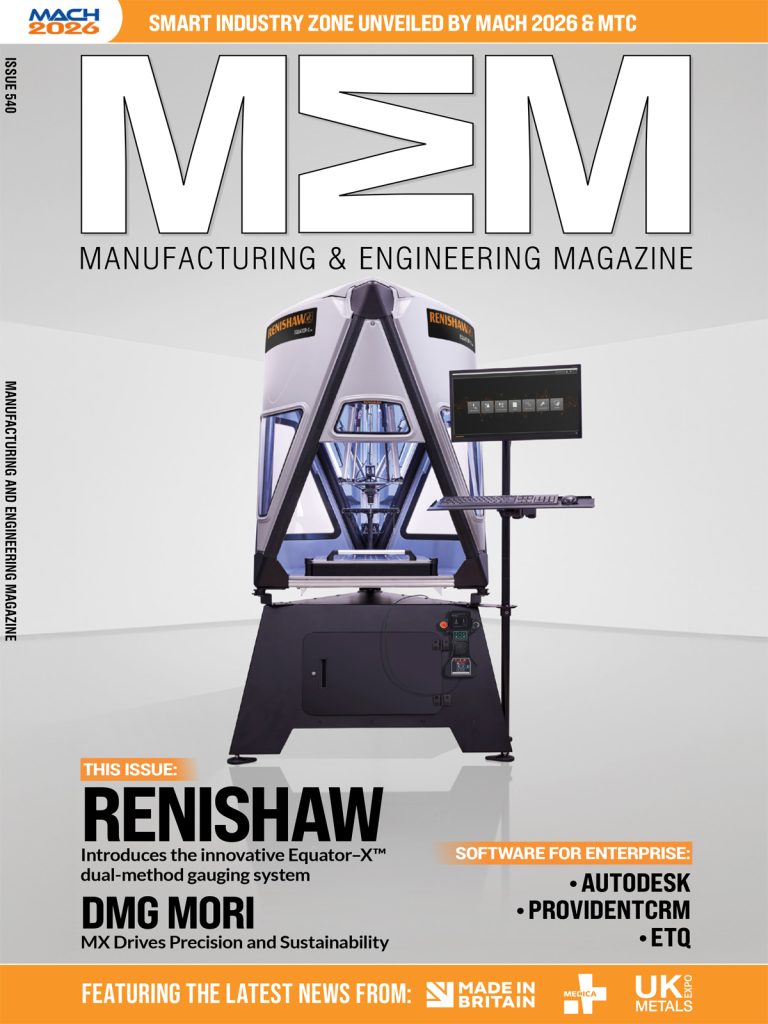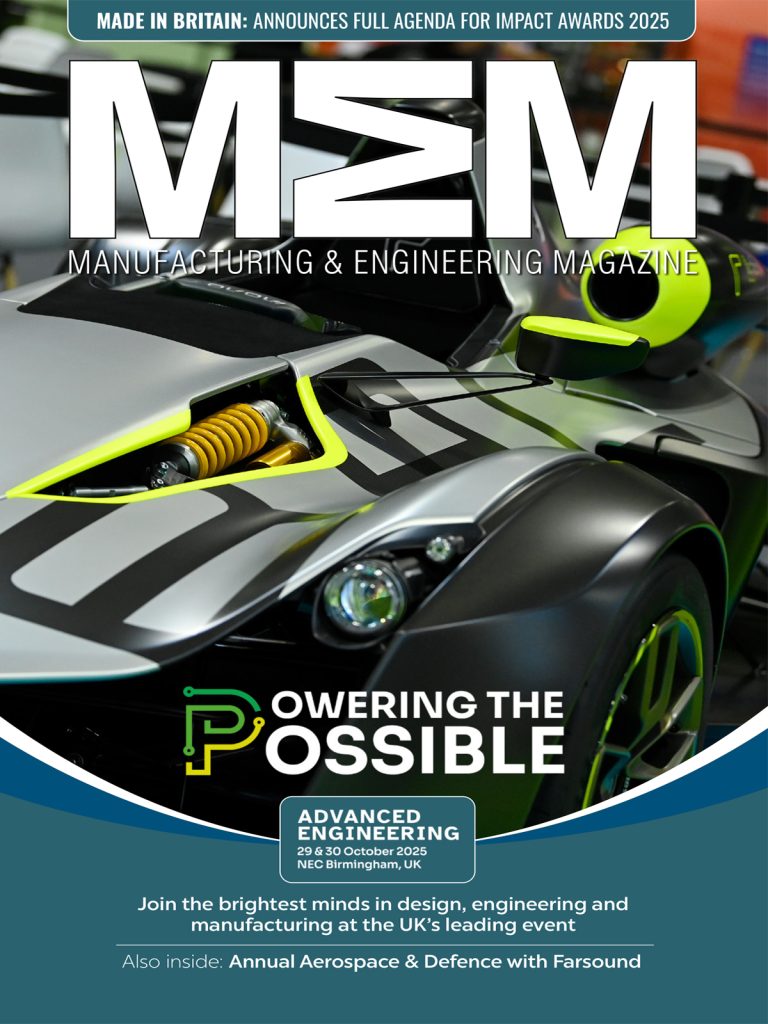The University of Southampton and Minima AG today announced a breakthrough R&D partnership with Siemens Cre8Ventures and Arm Flexible Access to launch the world’s first truly embedded blockchain protocol for drone hardware, redefining the future of autonomy and machine trust.
Led by Southampton’s School of Electronics and Computer Science, aims to solve some of the $60 billion commercial drone industry’s most pressing challenges. These include autonomous system self-verification, full data integrity, and operational resilience in disconnected or adversarial environments.
Minima’s ultra-light Layer 1 blockchain will be natively integrated into Arm based flight controllers, ensuring every drone operates as a full, self-sovereign blockchain node eliminating cloud dependency and providing instant, tamper-proof mission logging from lift-off to touch-down.
Blockchain-On-Chip: Autonomous, Tamper-Proof Drone Networks
Key to the project is the use of Minima’s Integritas toolkit, which delivers on-device, standards-based timestamping and verification. This generates real-time, collaborative drone missions with end-to-end data assurance. For sectors like infrastructure, environment, agriculture, and public safety, instant mission verification now arrives without third-party delays or the risk of cloud outages.
Dr Ivan Ling, lead project supervisor, explained:
“This partnership lets us push boundaries in blockchain, chip design, and autonomy—while giving students real-world engineering experience. Together with Minima’s team, we’re co-designing a high-performance hardware accelerator to maximise blockchain execution speed and efficiency. This synergy fuses sustainable electronics with next-level data trust.”
Tech-Driven Education Meets Industrial Grade Standards
Hardware innovation will leverage Siemens EDA tools, Arm’s security-rich IP libraries, and Southampton’s electronics expertise. A full hardware proof-of-concept is slated for Q1 2026, with final designs scrutinized by top UAV regulatory and manufacturing experts. The result: a reference blueprint for drone makers to deliver verifiable, autonomous systems as standard.
Carson Bradbury, Siemens Cre8Ventures Director, said:
“Integrating blockchain at the silicon level, paired with digital twin technology, sets new security standards across aerospace and industrial IoT. This unique partnership proves how academic R&D can accelerate the path to real, scalable market innovation.”
Minima CEO Hugo Feiler added:
“Bringing blockchain straight to the processor creates edge devices that can prove their actions and data, end-to-end—no permissions, no middlemen, just ironclad machine trust by design. This is the new era of autonomous intelligence, live and operational.”
Cementing Britain’s Leadership in Embedded Trust
According to Prof. Harold Chong, Head of Southampton’s Sustainable Electronic Technologies Group:
“This collaboration fuses embedded hardware and decentralized software, optimising performance and core security. Through Siemens’ Open Higher Education Program, we’re unlocking the next wave of research in energy efficiency, autonomy, and machine resilience.”
Coupling the technological prowess of Arm and Siemens with Minima’s agile blockchain, Southampton is asserting itself as Britain’s epicentre for embedded digital trust driving the global shift toward secure, compliant airborne technologies that can operate far beyond today’s connectivity boundaries.
The partnership’s commercial and technological impact is vast:
- Infrastructure—real-time, provable inspection logs
- Environmental—reliable field data for researchers anywhere
- Agriculture—traceable actions across autonomous fleets
- Public safety—secure records for emergency and rescue operations
Together, Minima, Siemens, Arm, and the University of Southampton aren’t just moving the needle for drone technology—they’re building the global trust layer for all autonomous machines.


